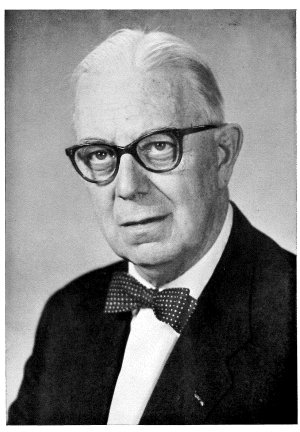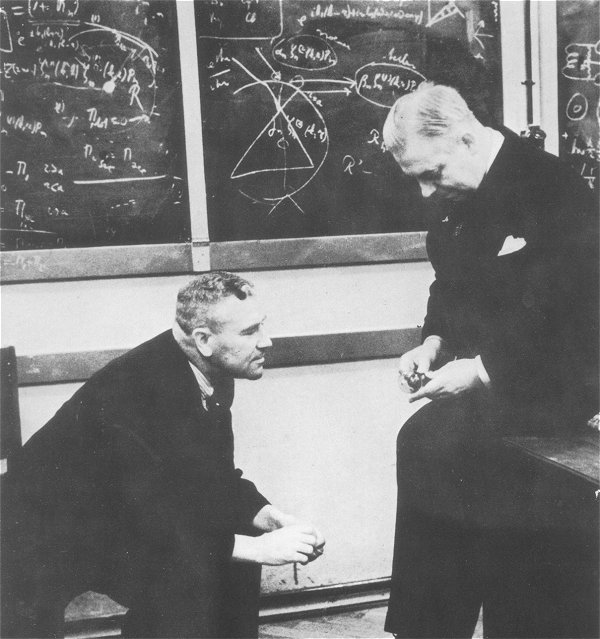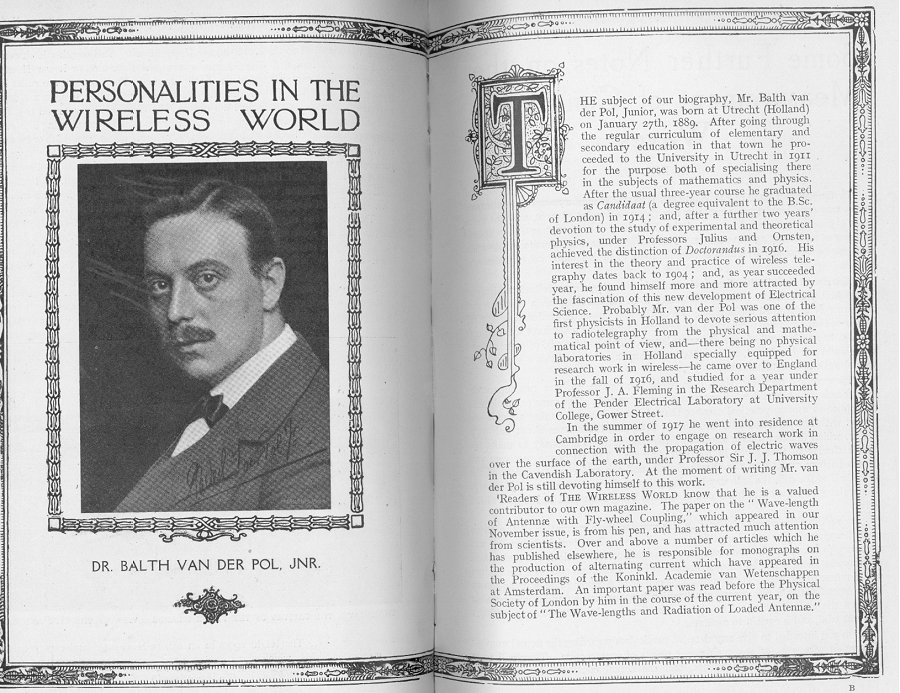

Van der Pol was born in 1889 and studied physics at the University of Utrecht from 1911 until 1916. He then went to London to work with Ambrose Flemming, the inventor of the diode tube. A year later he went to the Cavendish Laboratory at Cambridge where he did research under J.J.Thomson, the discoverer of the electron. He returned to the Netherlands and received his doctorate, cum laude, from Utrecht University after which he was made Keeper of the Teyler Foundation at Haarlem where he was assistant to H.A. Lorentz (Nobel Prize Physics 1902). In 1922 he joined Philips Research where he was destined to play a remarkable role, consistent with his character and ability.
Van der Pol was a man with great ambitions, excessively vain but with undoubted qualities. He was excellent at mathematical analysis and, as we shall see, played an important part in the theoretical development of radio. Radio research at Philips Research was carried out by two distinct groups. This was almost certainly because of Van der Pol’s personality.
Van der Pol was a theoretical physicist of great renown with a particular interest in the propagation of radio signals, the physics of vacuum tubes and the theory of electrical oscillations. Having worked with some of the greatest figures in the field of fundamental radio, he had an impressive background and was certainly fully conscious of it. He had little interest in conducting experiments himself; almost all his work was mathematical. He is probably best known outside Philips for his analysis of relaxation oscillations. He had an excellent experimental staff under his command. One of these, Van der Mark, was an extremely skilled experimenter and his name appears with van der Pol’s on many papers. Another excellent experimenter was Numans who did great work in the building of the short-wave station which opened broadcasting service to the Netherlands East Indies and was the first of the “Empire Transmitters,” call sign PCJJ; it was very much Van der Pol’s project and was an important piece of publicity for Philips in general and for the radio section of the Research Lab In particular. The transmitter was inaugurated by Queen Wilhelmina in 1927. Van der Pol relished all this, he was in his element, and he followed up this tour de force some years later when he had a mobile television studio constructed which travelled throughout Europe giving demonstrations of the new medium.
Van der Pol was liked by many people in the Lab, but certainly not by everybody. Most people seem to have been amused rather than annoyed by his weaknesses; Van Urk, for example, tells us that he enjoyed Van der Pol’s company and used to seek him ot in his office. If Van der Pol recognized his footsteps he would lock the door and tell Van Urk not to come in because if he did so he would only pull Van der Pol’s leg, an exercise one suspects, that Van Urk excelled in.
Van der Pol succeeded in his ambition of becoming a world figure in radio. Most of the 200 papers he published were on theoretical aspects of radio or mathematics and he made great contributions to the progress of both arts.
The word “arts” is used here deliberately because Van de Pol always considered himself an artist. In addition to his scientific attainments he was an accomplished violinist blessed, as he would always point out, with the gift of absolute pitch. Van der Pol was one of the most interesting characters in the whole history of Philips Research, he was a gifted speaker, a man of great culture in its widest sense and he contributed greatly to fundamental radio theory and to the reputation of Philips. He left Philips in 1949 and died ten years later at the age of 70
We can get an idea of how well he realized his ambition by looking at some of the posts he held and distinctions he won:

Holst (left) and Van der Pol (right).

A biography of Van de Pol in Wireless World of 1917